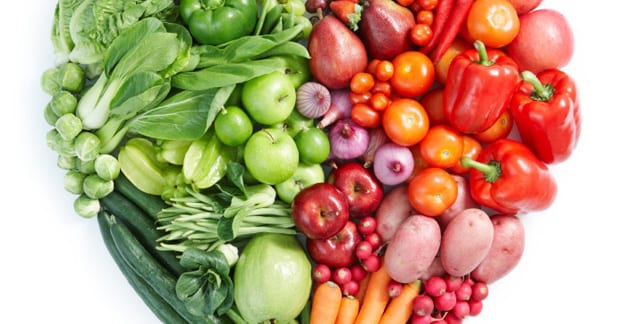In Part 1, we discussed dietary approaches for the cancer patient and started the discussion of the use of dietary supplementation to optimize healing for the cancer patient with the understanding that these approaches DO NOT replace appropriate conventional cancer treatments but rather, enhance the health of the cancer patient during the treatment process. This is the concluding continuation of parts 1 and 2.
8) Avoid Chemical Estrogens: These can be 100-1000 times stronger than the body’s naturally produced estrogen. They are very hard to detoxify and can remain in our system for a long time. The worst offenders are pesticides, herbicides, birth control pills (BCPs), and synthetic hormone replacements. Educate yourself about natural hormone replacement (such as Dr. Susan Love’s Hormone book and Christine Conrad’s, A Woman’s Guide to Natural Hormones).
9) Decrease body weight: Fat cells have an enzyme called “Aromatase” which converts testosterone into estrogen, and abdominal fat is greatest offender of this. The “goal” here is to stay within 10 lbs. of your ideal weight. If you can “pinch more than 1 inch” next to the belly button, you probably need to lose weight. A Body Mass Index of 19-25 is another useful way to measure weight management (you can find many “BMI calculators” on the internet). Here, AVOID eating empty calorie foods, especially sugars (soda, alcohol, candy) and “bad fats” (omega-6). Also, eat more vegetables and fiber, and get more exercise!
10) Limit Alcohol: Research has demonstrated a link between increased alcohol consumption and a higher risk of breast cancer. Alcohol also depletes folic acid (vitamin B9), which can result in gene mutation and hence, a higher risk of cancer. It can also produce liver damage, which in turn increases estrogen due to the liver not being able to detoxify it properly. Consider red wine, if you must drink, for its antioxidant benefits.
11) Increase Vitamin D: Increased cancer risk has been reported with low vitamin D levels. An estimated 1 billion people worldwide are vitamin D deficient. This is more likely in those with darker skin, older individuals, and overweight individuals. A minimum of 600 IU/day is needed for children and adults, but optimum (cancer and other condition protection) levels require more – up to 2000 to 4000 IU/day or even more! Vitamin D has been shown to prevent the cells’ ability to abnormally divide and grow. Though some report you can get 75% of your vitamin D from sunlight in 15 minutes, 3-4x/week, the best (safest) source may be through supplementation with D3. Beyond cancer prevention, studies show vitamin D3 benefits bones, muscle strength, heart disease, and immune function (and in turn, multiple sclerosis, type 1 diabetes, the flu, common cold, tuberculosis, and premature death).
12) Exercise REGULARLY: Two different studies reported 37% and 50% lower breast cancer risk for women who exercise more than four hours per week! Other benefits of exercise included decreased abdominal fat, body fat, decreased insulin levels, and increased lymphatic circulation (to rid toxins). It also facilitated in the production of “good” (natural) estrogen instead of the higher risk “bad” estrogen. So, join a gym with a partner!
13) Find a competent Healthcare Coach: A “team” including a chiropractor, oncologist, family practitioner, and possibly others should be considered for treatment. Coordinated care results in the best outcomes!



